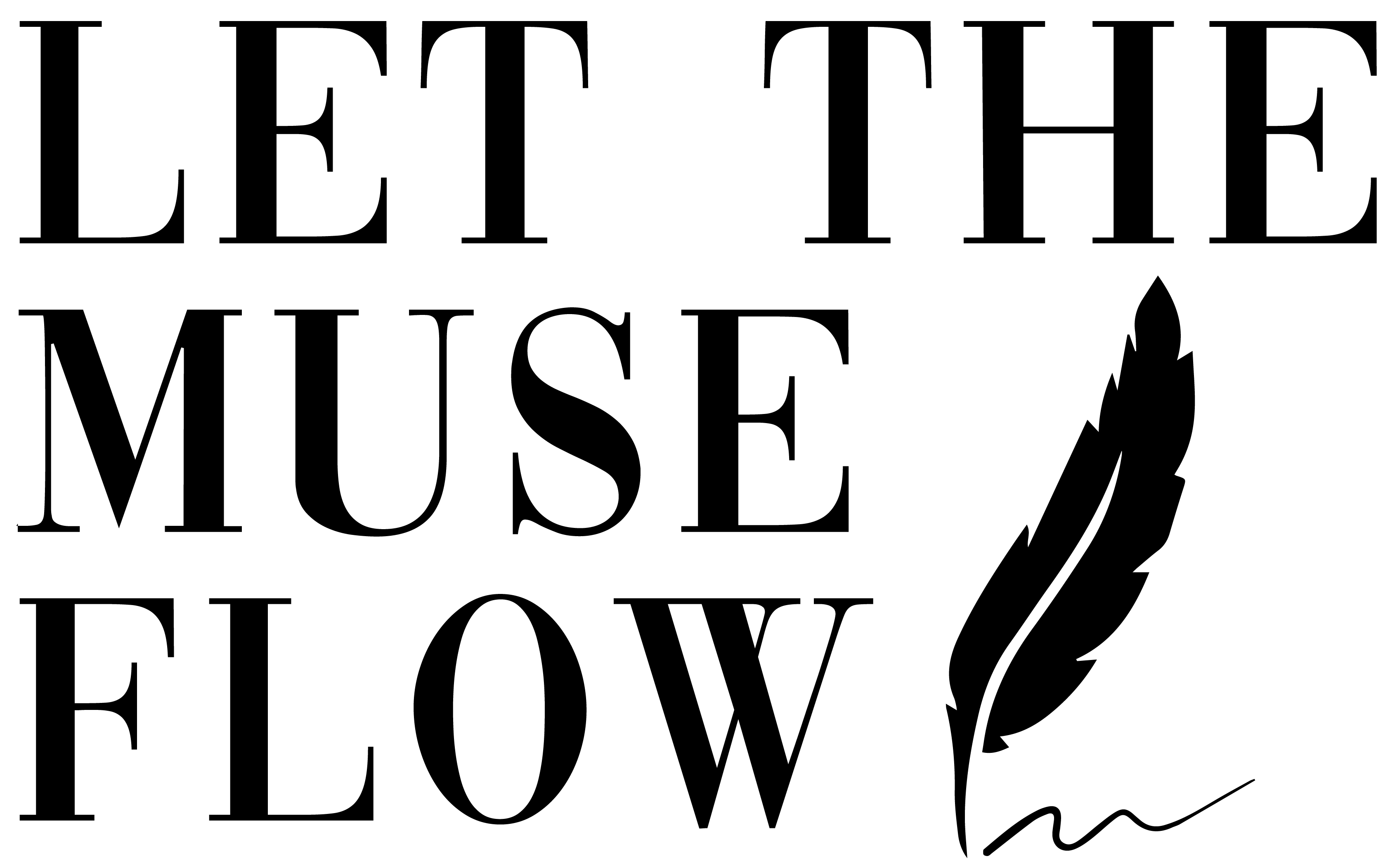
Winging your content strategy is not worth it. In fact, having a romanticised version of how you want your audience to relate to your content doesn’t serve as a great content thesis.
To be able to serve your customers and audience immersively, it is important to go down to your basics with a sense of reinforcement.
Per CMI (Content Market Institute), and essentially any content expert that you’d read up, has three core elements that guides their (and your) content strategy and planning:
Your Business Goals. Do you want to increase your percentage business turnover by x percent? Increase your brand awareness in the market? Launch your product in a new market? Use more of owned media than paid to create a solidified organic presence online? Among the goals you may have, it is crucial to connect your business agenda with your content program – i.e. how your brand will speak to your customers and what messages could communicate your holistic imagery than sheer salesy-speak marketing materials. Once you’re clear with the business-content alignment, you can then start creating your strategic content messages that would then be operationalised into measurable content mix/ types/ formats and content cadences.
Target audience. Writing for everyone means writing for no-one. What kind of audience you want to write for? Based on both demographic and psychographic parameters, how would you define your audience? Ensure that you have more than one buyer persona to cater to a broader audience segment. If you run your own salon, do you target busy moms and independent college-going youngsters that are picky about their beauty preferences? The more granular you can get the better will be the flow of your communication. You should also include the customers of customers in your target audience to write for a broader audience based on their consumption preferences. Your target audience is the guiding light to know more people who could become a part of your content advocacy.
Audience needs. Create an emotional map of how your customers will feel once they greet your content. Do they feel confident? Safe? Secured? Healed? Enriched? Savoured? Ecstatic? When you can speak a common language of your brand’s emotions that is consistent with your narrative, your audience will trust you and find your consistent with your content delivery. To that end, go deep into learning about your audience’s unsaid emotions, their curiosity to know more about your brand and why they choose your over others or vice versa. This market intelligence will help you target your audience better when your content is attractive to both your business and the market you operate in. This takes place when you conduct both business (strengths and weaknesses) and market audit (opportunities and threats), as mentioned in the book The Ultimate Marketing & PR Book.
That said, document your content strategy by placing and filling these 3 core elements – and keep updating your plan as per the market dynamics.
You will then see a living document that speaks the language you always aspired to speak with your audience.
Photo by Nick Morrison on Unsplash

